
How an engineering apprenticeship furthered my film career
It all began when I was 17, boarding a train to London with a big dream and permission to skip a day of school. I had never been on a film set before, but I was determined to find my place behind the scenes.
Breaking in wasn’t easy. I sent out countless emails and made calls to studios — most went unanswered, and many said no. But I kept going. I realised that sometimes it’s about being in the right place at the right time. That moment came at a film expo in London, where I managed to land my first gig as a stand-in on set.
From there, things snowballed. I got to work on major productions, including Mission Impossible, where I helped build massive sets including a life-sized submarine that could tilt up on its side. A typical day involved long hours, a lot of problem-solving, and collaborating with incredibly talented people. I even got to work closely with stars like Tom Cruise and Benedict Cumberbatch.
Testing editing content
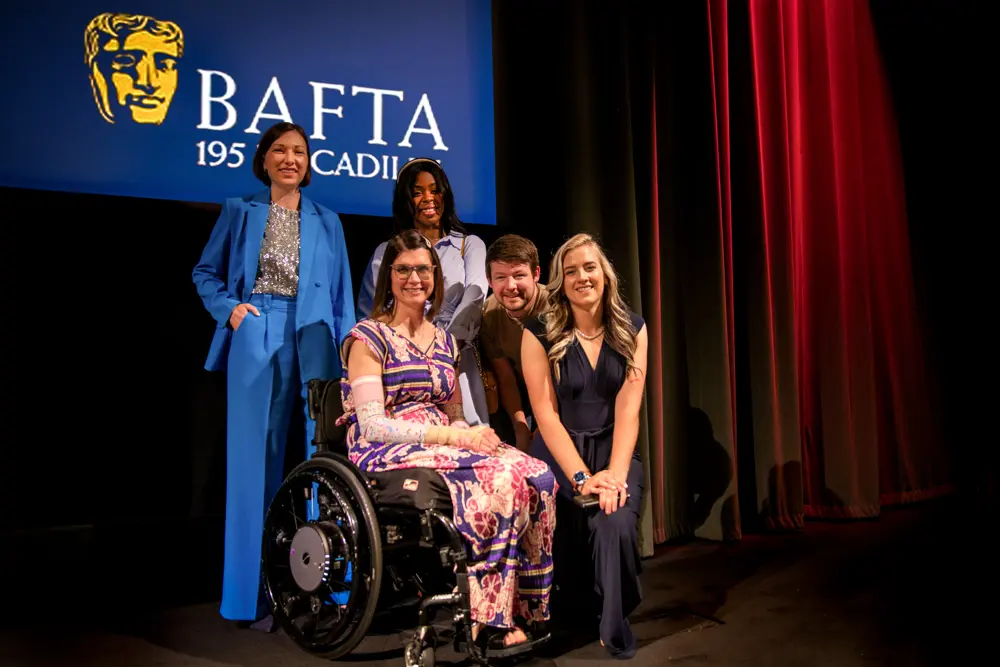
Left to right: Jennifer MacDonald; Katy Deacon; Nintse Dan-Thé; Simon Daniel; and Laura Kershaw at SheCanEngineer's 'Engineering – Behind the Scenes' event at BAFTA's London headquarters in 2024.
From movie-making to powertrain systems, and back again
For most of my life, I had never even heard the term engineering. At college, my world revolved around art and film — I spent my days creating short movies and sketching characters. I studied film and TV production alongside graphic design, earning A*s across the board. That creative passion eventually led me into the feature film industry, working with major studios like Disney, Netflix, Amazon Video, Marvel, and Paramount.
My journey into engineering happened organically. Set design led to prop building, prop building evolved into special effects, and special effects sparked a deep interest in engineering. I became fascinated by how ideas went from being designed digitally to being physically constructed in workshops. The more I saw, the more I wanted to learn.
So, I decided to step away from film for three years to pursue an engineering apprenticeship. During that time, I explored powertrain systems development from every angle — building engines, researching hydrogen fuel cells, and testing emissions systems.
Looking ahead, I hope to keep pushing the boundaries of what’s possible on screen, bringing creatures and machines to life in new and exciting ways.
Creativity under pressure is valuable for both film and engineering
Film taught me how to think creatively under pressure and how to bring abstract ideas into the real world, skills that are just as valuable in engineering. Working in practical effects and set construction gave me hands-on experience in fabrication, materials, and mechanics. It also taught me the value of perseverance, adaptability, and teamwork.
Living with dyslexia has taught me a lot about how the brain adapts. I've learned how I work best and how to navigate challenges, and I encourage others to understand and embrace the way their own minds function.
I’m proud that I’ve been able to combine everything I love into a single career — art, storytelling, engineering, and design. That, and being able to inspire others to follow unconventional paths.
If you’re curious about careers in engineering, my advice would be: don’t be afraid to think differently. You don’t have to fit a certain mold to be an engineer. In fact, your unique perspective is often your greatest strength. For me, being highly visual and creative — qualities that some might not associate with engineering — have opened up incredible opportunities. Embrace who you are, and find the path that works for you.
Adding a new item
Contributors
Get a free monthly dose of engineering innovation in your inbox
SubscribeRelated content
Arts & culture
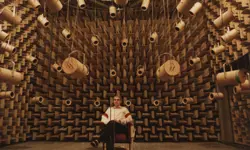
How to maximise loudspeaker quality
Ingenia asked Dr Jack Oclee-Brown, Head of Acoustics at KEF Audio, to outline the considerations that audio engineers need to make when developing high-quality speakers.

Engineering personality into robots
Robots that have personalities and interact with humans have long been the preserve of sci-fi films, although usually portrayed by actors in costumes or CGI. However, as the field of robotics develops, these robots are becoming real. Find out about the scene-stealing, real-life Star Wars droids.
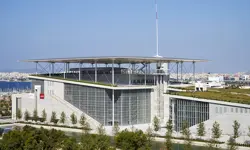
Design-led innovation and sustainability
The Stavros Niarchos Foundation Cultural Center, the new home of the Greek National Opera and the Greek National Library, boasts an innovative, slender canopy that is the largest and most highly engineered ferrocement structure in the world.
The technology behind ‘The Tempest'
William Shakespeare’s The Tempest is a fantastical play that features illusion and otherworldly beings. Discover how cutting-edge technology, such as motion capture and sensors, has brought the magic and spectacle to life on stage.
Other content from Ingenia
Quick read
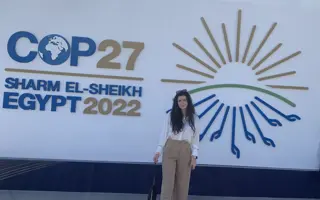
- Environment & sustainability
- Opinion
A young engineer’s perspective on the good, the bad and the ugly of COP27
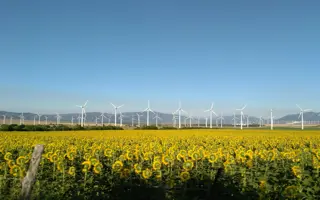
- Environment & sustainability
- Issue 95
How do we pay for net zero technologies?
Quick read
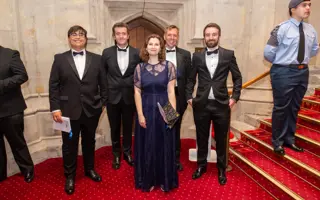
- Transport
- Mechanical
- How I got here
Electrifying trains and STEMAZING outreach
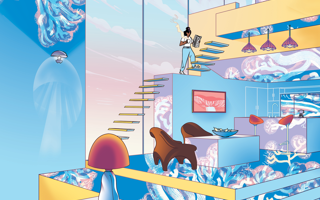
- Civil & structural
- Environment & sustainability
- Issue 95